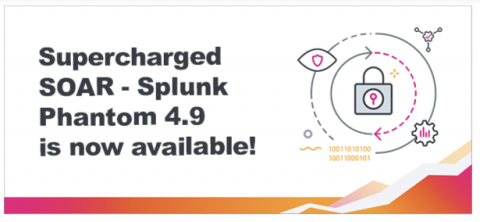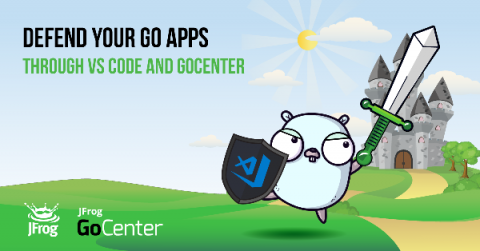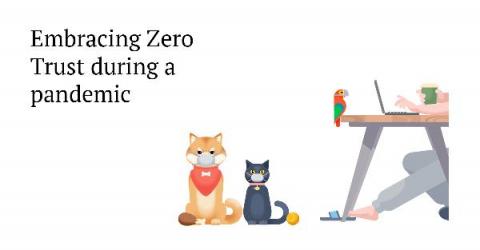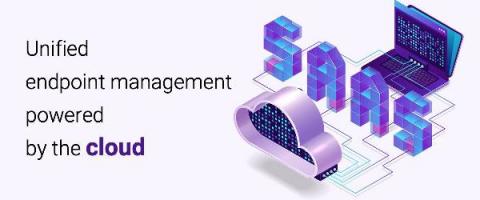Data Stream Clustering Methods Examples
Data stream clustering refers to the clustering of data that arrives continually such as financial transactions, multimedia data, or telephonic records. It is usually studied as a “Streaming Algorithm.” The purpose of Data Stream Clustering is to contract a good clustering stream using a small amount of time and memory.










